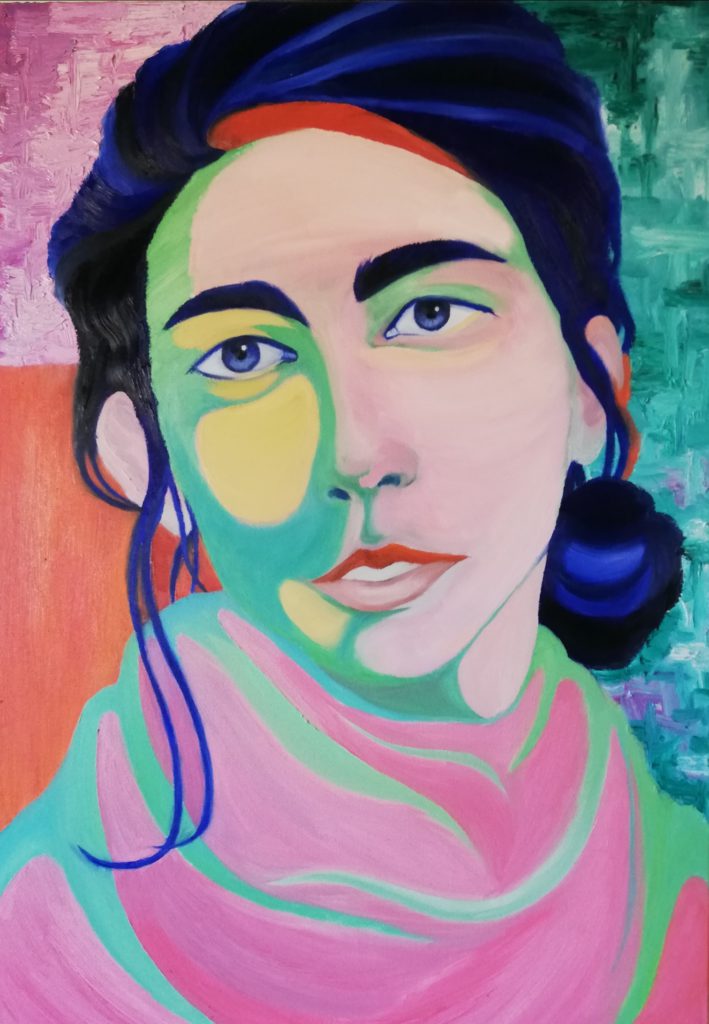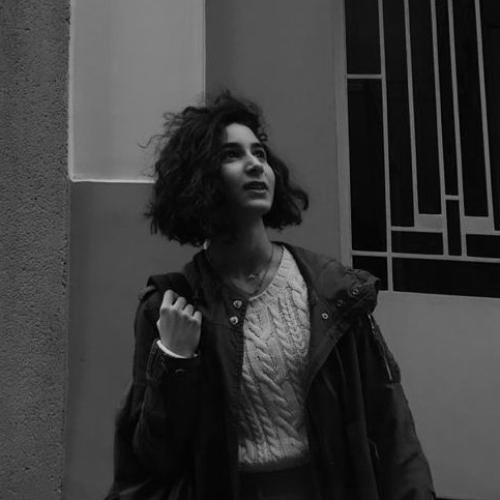Lebanese artists are able to assert their work as a tool for social upheaval

Arleb by Nabad interviews Tamara Nasr, an architecture student at the Lebanese American University. Nasr loves ink sketching, oil painting, graphic novels, and any new way she can find to express her love for Beirut and the stories it harbors. Fascinated by the observation of her changing city and its impact on the collective psyche of the Lebanese, she is also working to inspire change in her society as a political activist, founding member, and president of the LAU Secular group. This platform allows her to spread a progressive discourse among the youth-promoting values such as anti-sectarianism, inclusivity, and social justice.
Arleb by Nabad – What is your background?
Tamara Nasr – When I was seven years old, I was determined to become a novelist, poet, and environmental activist. I imagined myself living deep in the woods in a treehouse I would build for myself, only coming back to the city to get my work published. Yet at seventeen years old, in the fall of 2019, I moved to Hamra district, one of the liveliest hubs of the capital, to pursue my architectural studies. It was during those few months, before the lockdown, that I found a home on the cold asphalt of Beirut’s streets amidst the chants of the revolutionaries just like I had done ten years prior amidst red poppies and pine trees.
Arleb by Nabad – What is the experience that has influenced your work the most?
Tamara Nasr – My art was mainly restricted to doodles and cartoons in my early teenage years. It was greatly due to the fact of meeting my closest friend, in high school, that I was able to acquire the confidence to take my creative work more seriously. The summer we spent together painting, discussing art, and exploring Beirut’s cultural scene helped in healing the social anxiety I had struggled with in my younger years. For the first time, I started to believe that perhaps my art would one day have the power to move, inspire and give hope. For the first time, I started to believe that, just maybe, I had something in me that was worth saying.
Arleb by Nabad – Which subjects or themes are you working on?
Tamara Nasr – My recent work tackles local social issues such as the October 17 revolution, the psychological strain of the lockdown and economic crisis, and the rights of marginalized groups such as migrant workers and people with reduced mobility. I also would like to explore the hazy boundaries that separate nostalgia and dreams.
Arleb by Nabad – What is your creative process like?
Tamara Nasr – I am most inspired by the observation of urban experience in all its social, political, historical, psychological, and poetic aspects. I am driven to capture stories and moments one easily overlooks, forgets, or represses. Once I have an intuition for a painting or artwork, it is necessary for me to clear my mind of any fear or doubt. Music helps extract me from any worries I may have to blunder or mess up, to allow my brush strokes to follow a rhythm and my body to enter a trance. It is in a child’s headspace that my art can be most vulnerable and true.
Arleb by Nabad – What was the impact of the Beirut port explosions (August 4, 2020) on your work as an artist/creative enterprise?
Tamara Nasr – The Beirut port explosions of August 4th forced me to think of new ways artists can help in the collective healing process beyond simply hanging a canvas on a living room wall. As an architecture student, I was recently invited to work on a large-scale mural design to rehabilitate a basketball court in a school heavily affected by the blast. This volunteer work is an example of how art and design can intersect to create experiences that are practical as well as therapeutic.
Arleb by Nabad – What are, according to you, the roles of arts and culture in social, economic, environmental, or political change?
Tamara Nasr – Art in all its forms is a window into the human mind and the larger urban context it exists within. By being authentic to their deepest emotions, intuitions, and needs, artists magnify their society’s core wounds and create a receptacle for thoughts and dreams. Notably, since the popular uprising of October 17th, 2019, Lebanese artists were truly able to assert their work as a tool for social upheaval. Arts and culture thus echo the pulse of a society. They are an instrument for remembrance and a catalyst for change through inspiring awareness, candor, and empathy.
Arleb by Nabad – What are, according to you, the main challenges/obstacles facing artists/creative enterprises in Lebanon nowadays?
Tamara Nasr – In the face of economic crises, it is common to see the sale of non-necessary or “luxurious” products such as art pieces drop. Every artist or creative enterprise is rightfully torn between doing what the public likes best, or daring to stay authentic and experimentational. I think the times we live in are forcing artists to reinvent themselves, to explore deeper recesses of their minds, and create new links between disciplines to adapt to a rapidly-shifting economic landscape.
CHECK OUT TAMARA NASR PROFILE AND ARTWORKS FOR SALE ON ARLEB.

